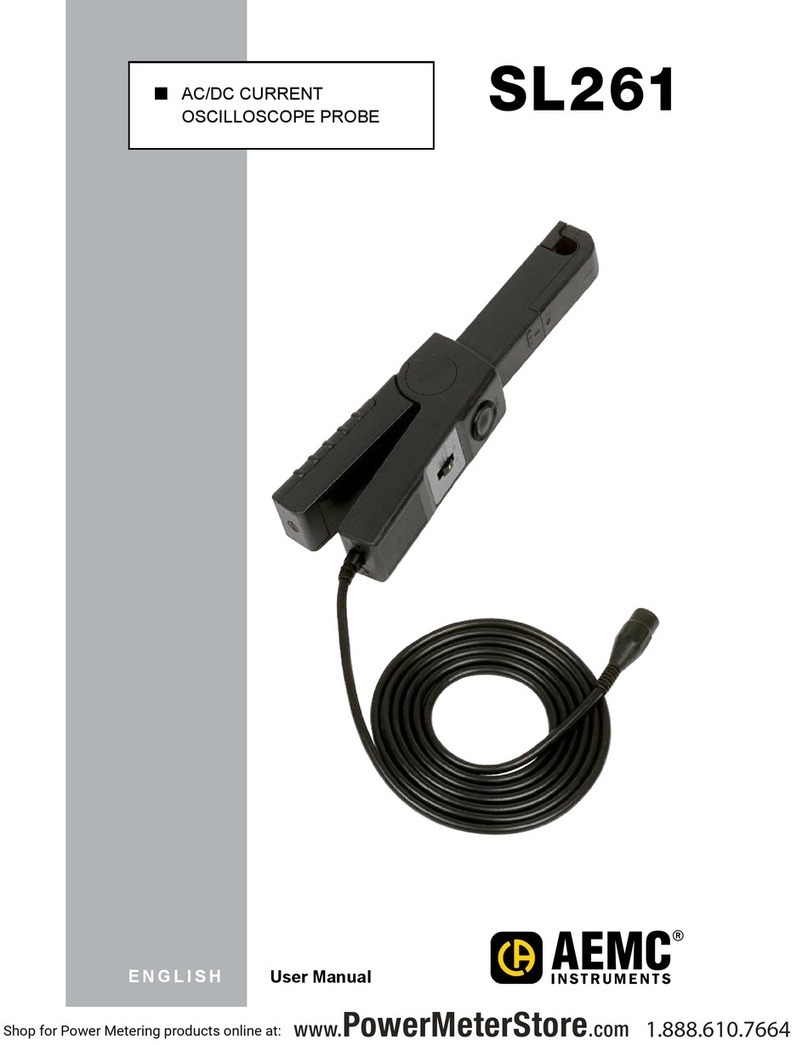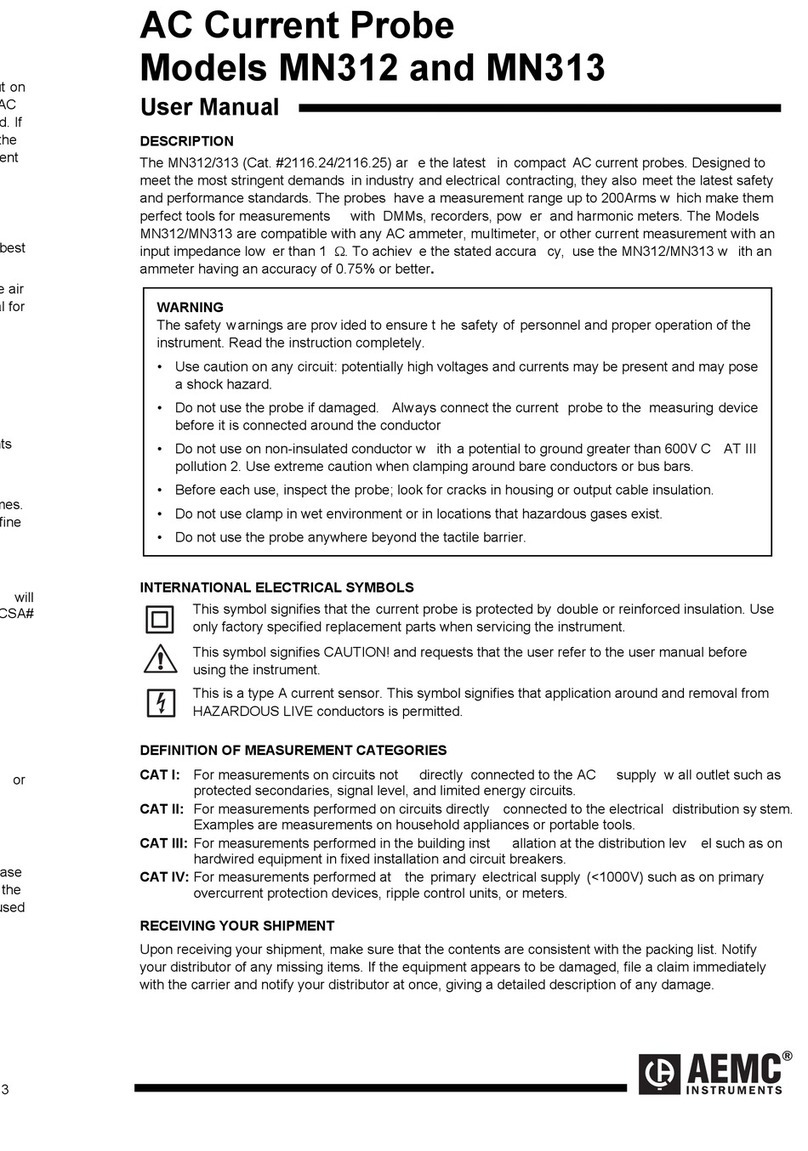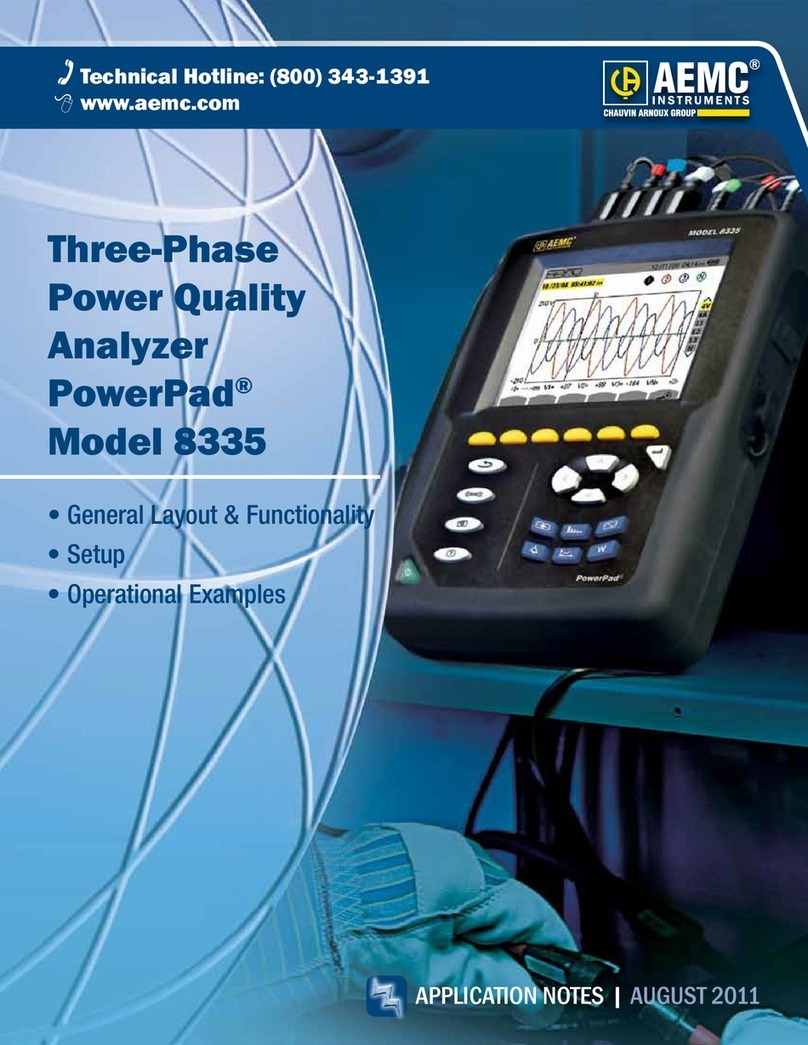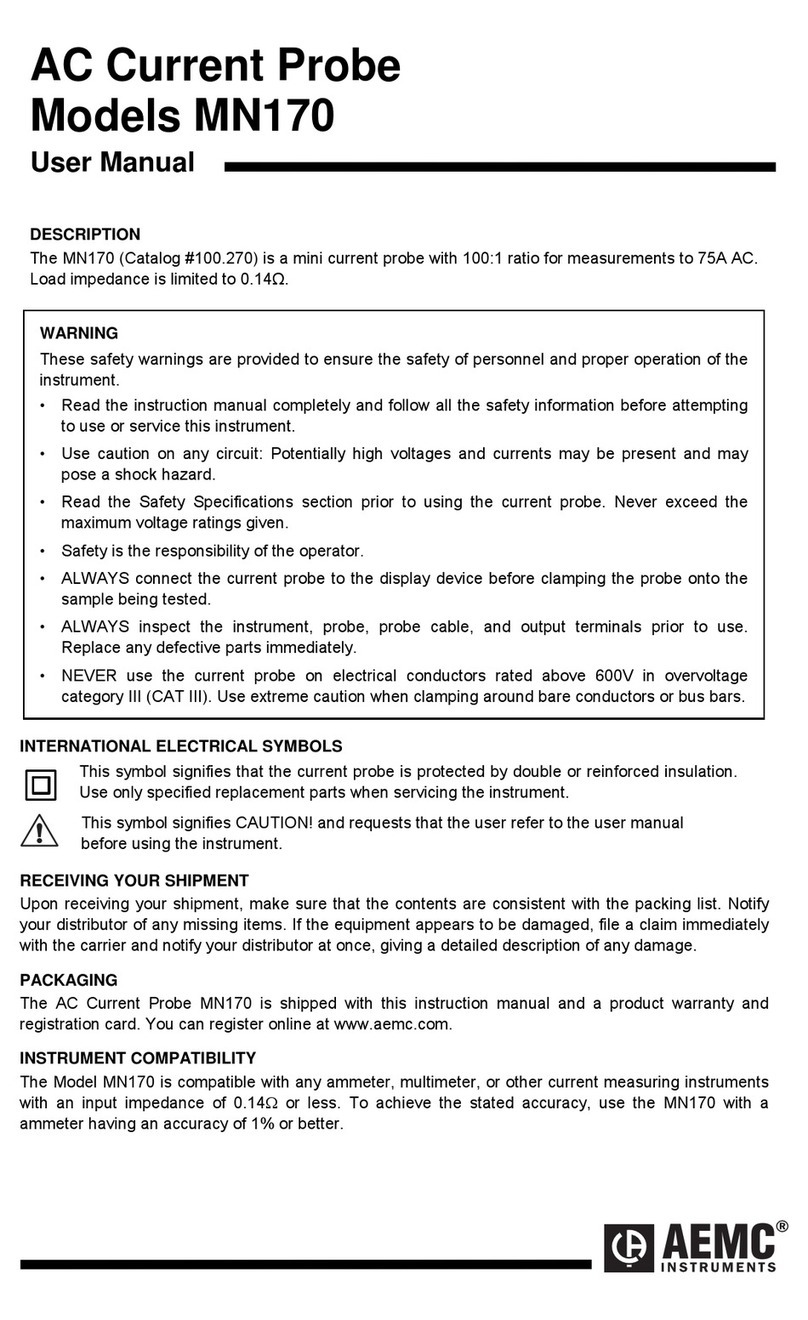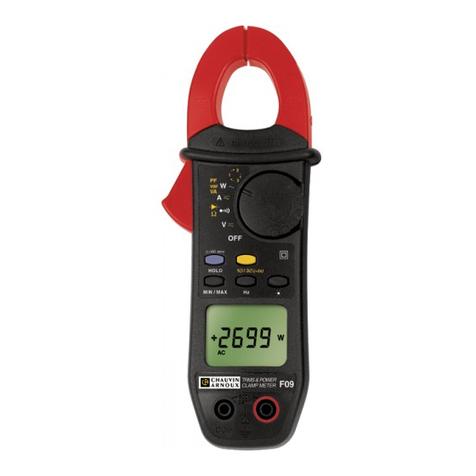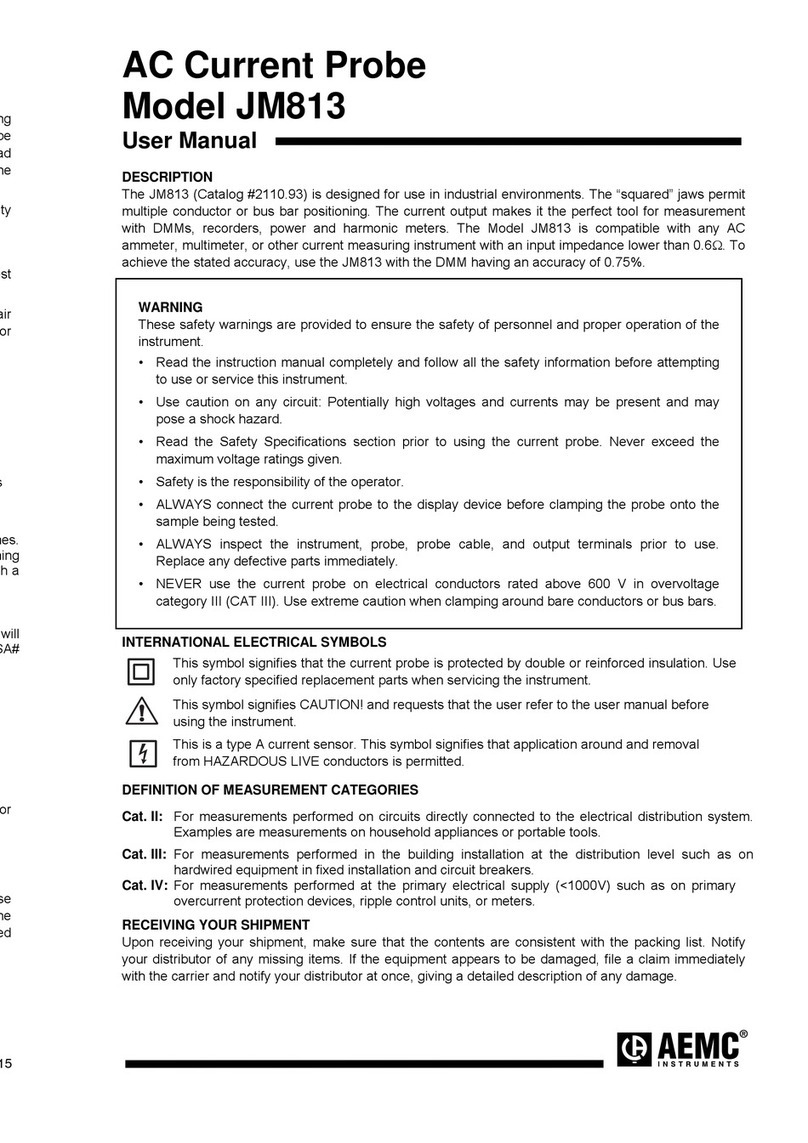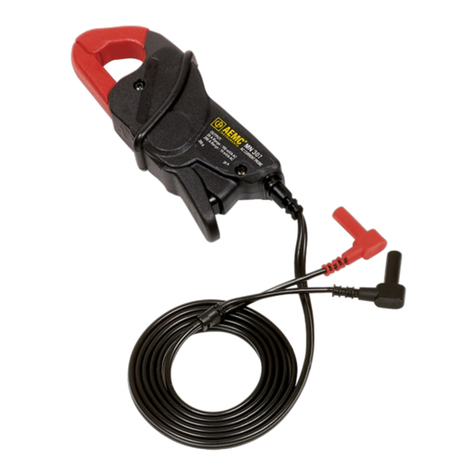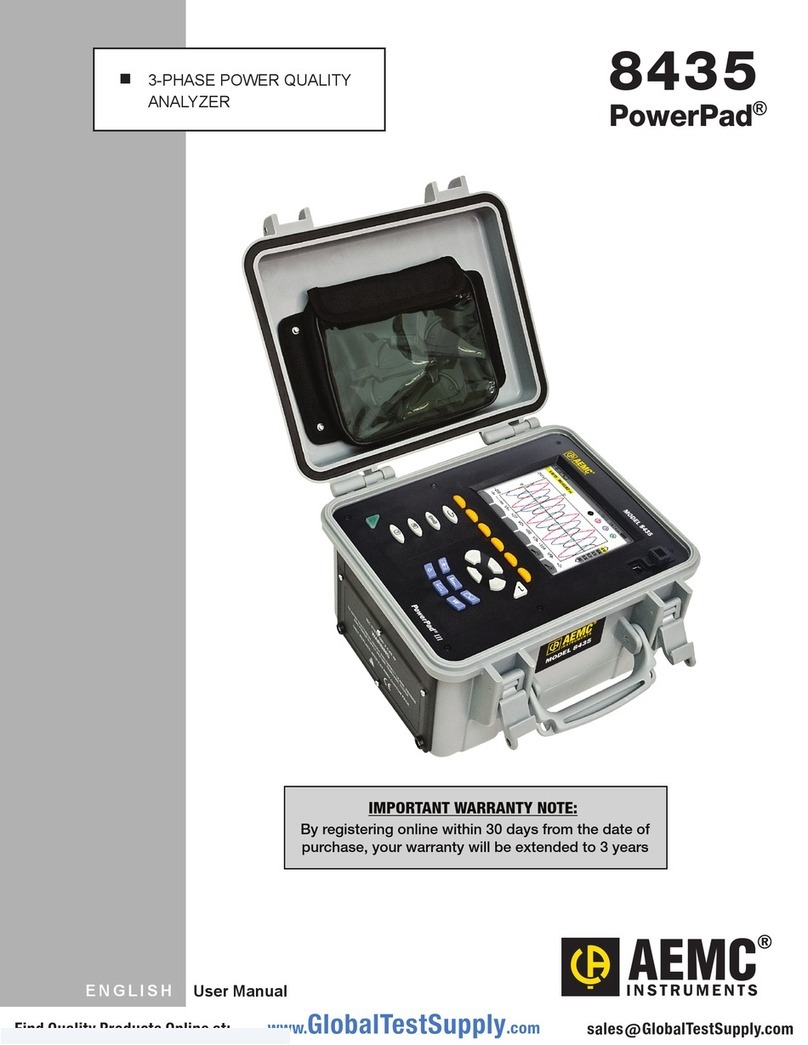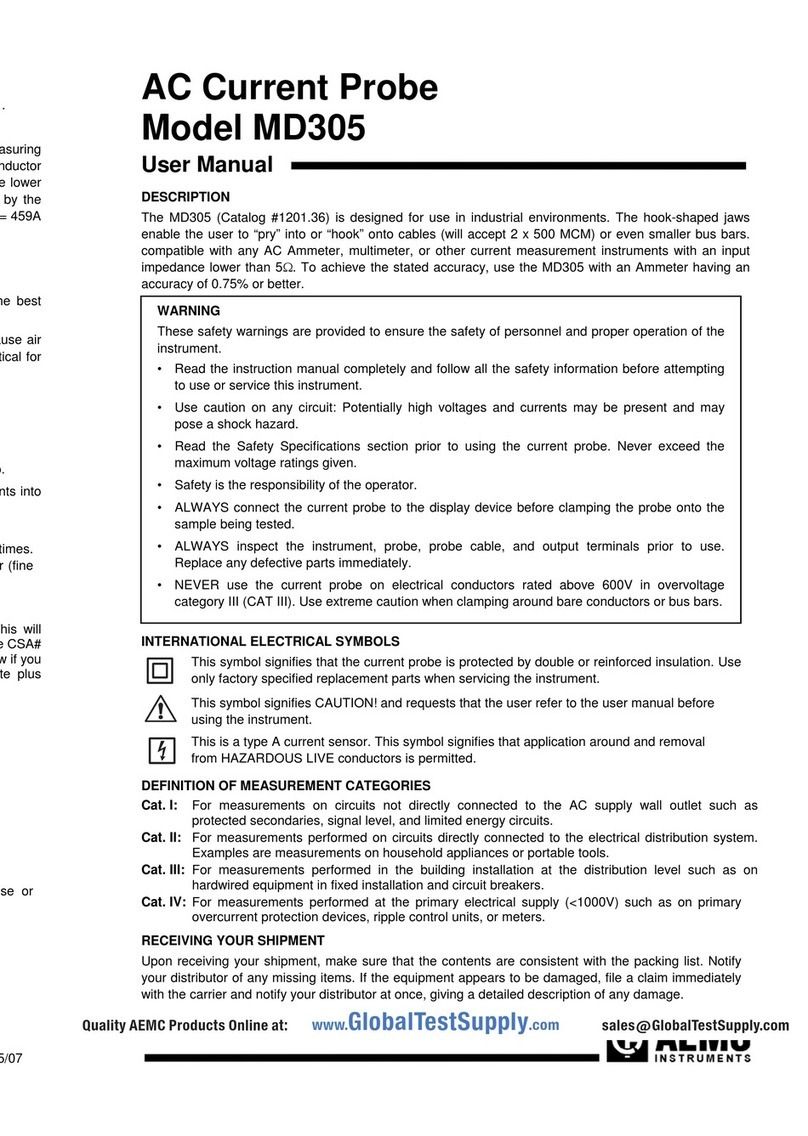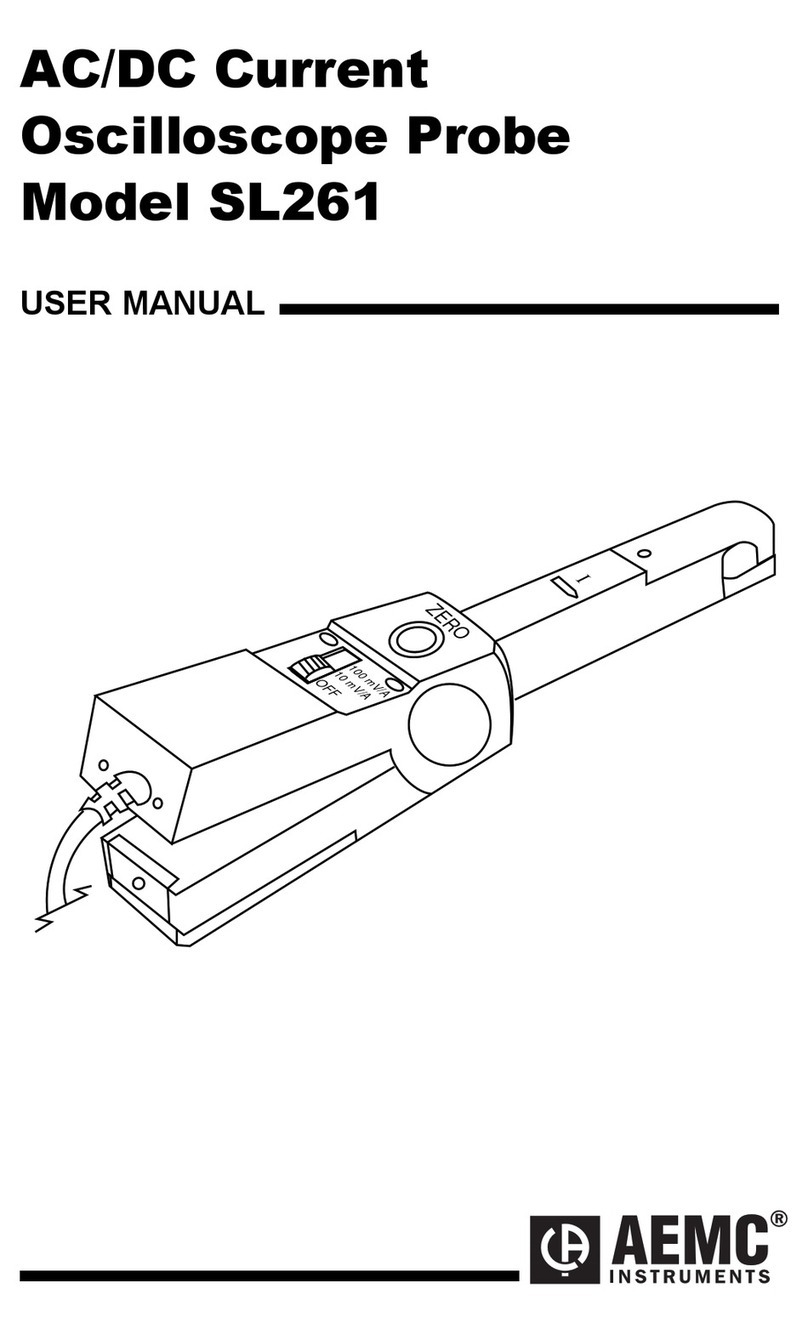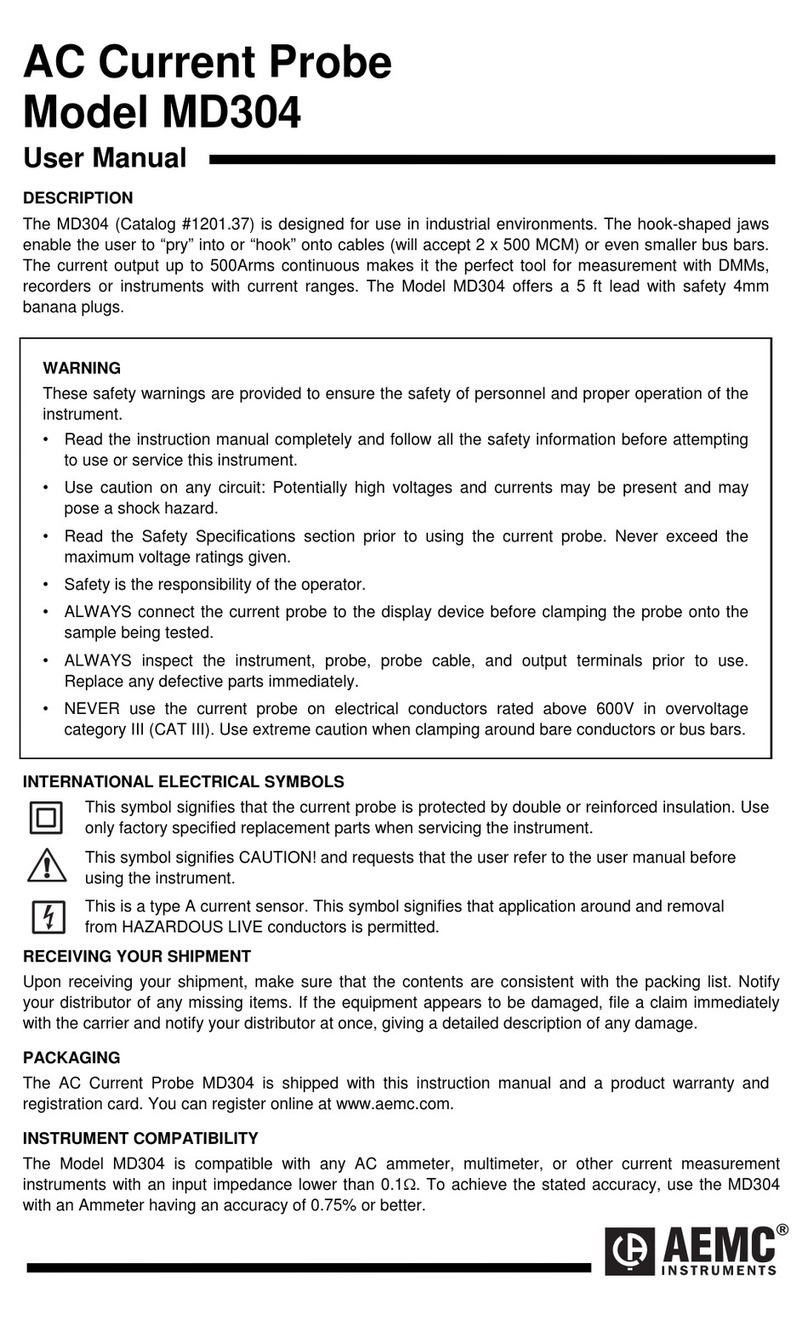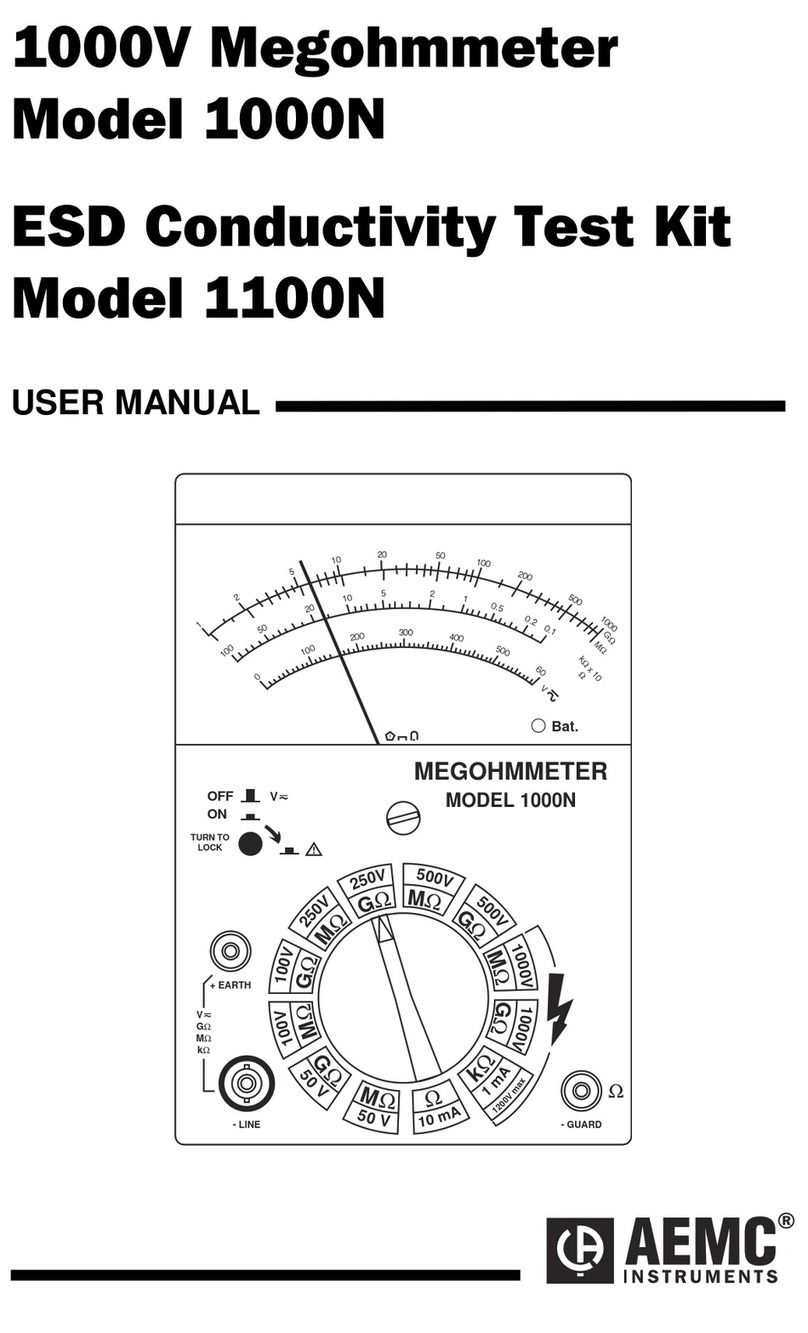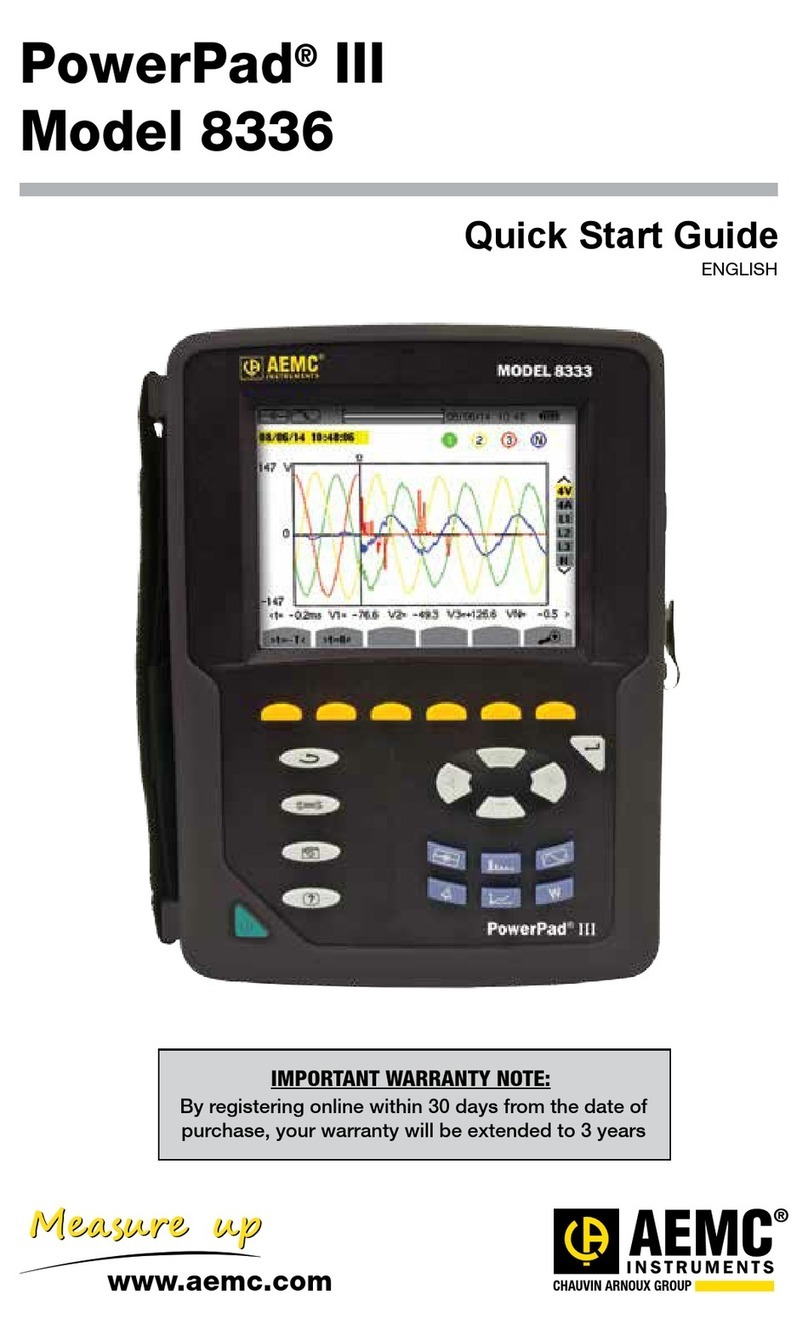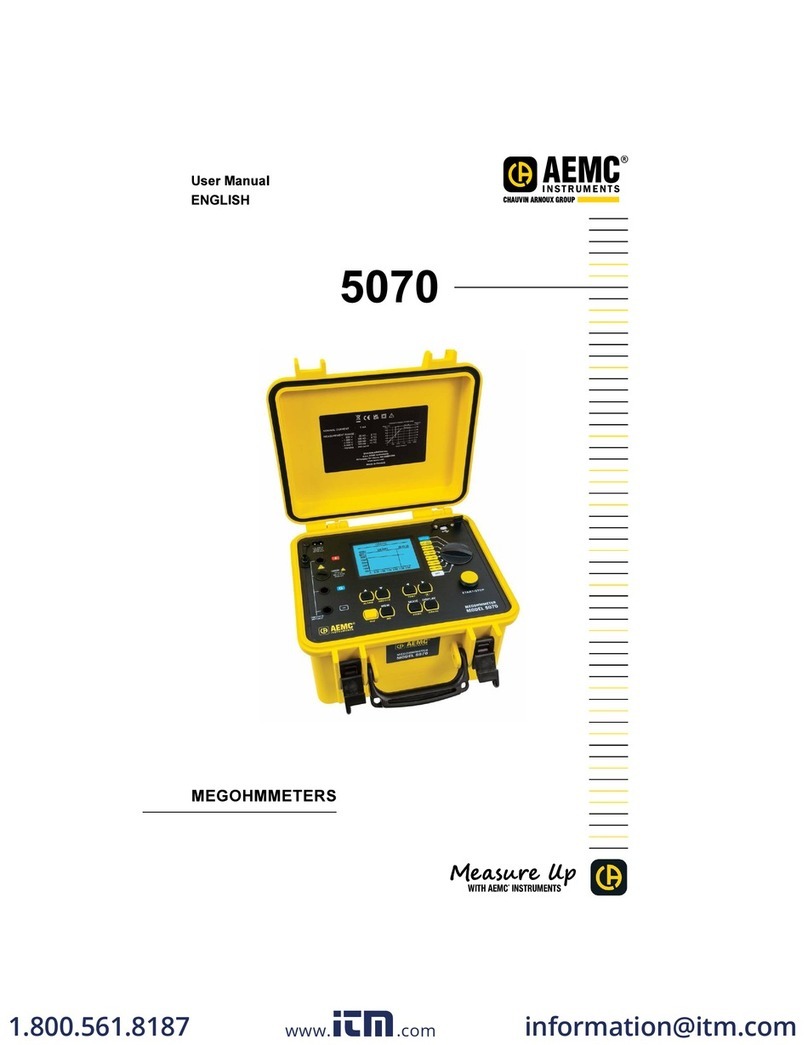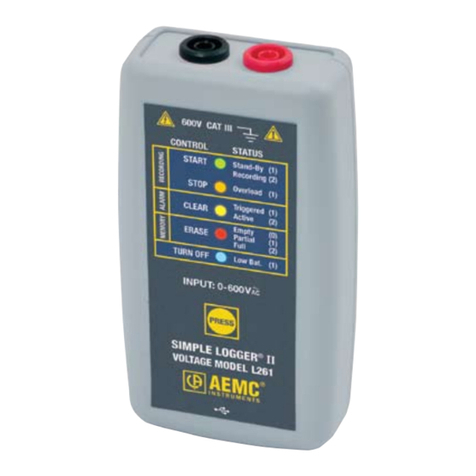
CONTENTS
1. INTRODUCTION............................................................................................4
1.1. Precautions .........................................................................................4
1.2. Battery Handling..................................................................................5
1.3. Definition of Measurement Categories (CAT)......................................5
1.4. Receiving Your Shipment....................................................................6
1.5. Ordering Information ...........................................................................6
2. FEATURES....................................................................................................7
2.1. Description ..........................................................................................7
2.2. Applications.........................................................................................7
2.3. Key Features.......................................................................................8
2.4. Control Features.................................................................................. 9
2.5. Button Functions ...............................................................................10
2.6. Display Symbols................................................................................ 11
3. SPECIFICATIONS....................................................................................... 13
3.1. Electrical............................................................................................13
3.2. Mechanical........................................................................................14
3.3. Display...............................................................................................14
3.4. Environmental ...................................................................................14
3.5. Safety................................................................................................ 14
4. OPERATION................................................................................................ 15
4.1. Quick Summary.................................................................................15
4.2. Instrument Configuration (SET-UP Mode).........................................17
4.3. Operating Procedure......................................................................... 26
4.4. Selecting the Test Range.................................................................. 28
4.5. Measurement Modes.........................................................................29
4.6. Ambient Temperature Compensation................................................ 33
4.7. Activating Alarms...............................................................................36
5. MEMORY/PRINTING................................................................................... 37
5.1. Managing and Printing the Data in Memory ......................................37
5.2. Displaying and Printing Stored Measurements..................................38
5.3. Cables and Printers Used with the Interface Port..............................40
6. DATAVIEW.................................................................................................. 42
7. TROUBLESHOOTING................................................................................. 43
7.1. Fault Indicators.................................................................................. 43
8. APPLICATION EXAMPLES ........................................................................ 44
8.1. Measuring Winding Resistance of Motors and Transformers............44
8.2. Measuring Resistance on Electric Motors......................................... 45
8.3. Battery Strap Measurements.............................................................45
9. MAINTENANCE........................................................................................... 46
9.1. Warning.............................................................................................46
9.2. Cleaning............................................................................................46
9.3. Charging/Recharging the Battery......................................................46
9.4. Battery and Fuse Replacement.........................................................47
REPAIR AND CALIBRATION ........................................................................... 48
TECHNICAL AND SALES ASSISTANCE....................................................... 48
LIMITED WARRANTY...................................................................................... 49
Micro-Ohmmeter Model 6255 3
www. .com information@itm.com1.800.561.8187












